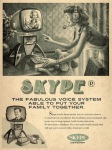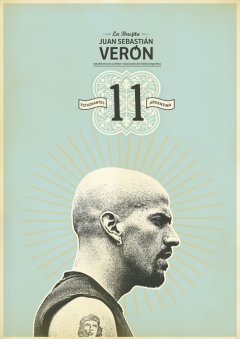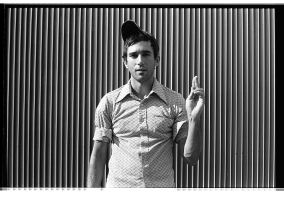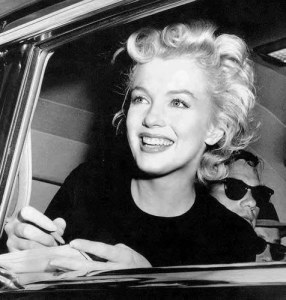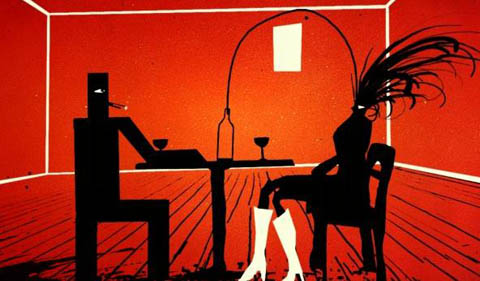
(CNN) — As 2011 dawned, Facebook released a map that spoke to our era of social media in much the same way the first pictures of Earth from space spoke to the 1960s.
The map showed the connections between the world’s Facebook friends — a number now approaching 700 million — as beams of light. Gossamer-thin threads linked every major city on the planet. The cities shone like stars.
No one has done this, but just think what that map would look like if you were to add Twitter users, whose numbers last month surpassed 300 million.
A grand total of 1 billion accounts, and who knows how many billions of connections? (Facebook friends max out at 5,000, but there’s no limit to the number of people who can follow you on Twitter.)
Then consider that all these threads connected in the last five years. And that at the rate of growth both services are enjoying, the connecting party is just getting started.
You might be forgiven for looking at this imaginary map and thinking some very 1960s-style thoughts — that we are forging some kind of global consciousness where everyone will end up friending and following everyone else, right?
Not so fast, man.
A study released this month shows that digital tribalism is alive and well in the social network era. The tribes I’m talking about aren’t nations, corporations or sports teams, though clearly these brands all matter as much as they ever did.
I’m talking literally about tribes — as in the kind of village-sized small groups most of us lived among for nearly all of human history, right up until the 20th century. Small groups that we now seem to be organizing ourselves into again — virtually.
Scientists at Indiana University collected the conversations of 1.7 million Twitter users over six months, a total of 380 million tweets.
What they wanted to know was this: How many real connections do Twitter users have? Not just silent following, not retweeting, not a stray @ message to someone, but a real back-and-forth conversation. How many people can you maintain that kind of contact with online before you get overwhelmed?
The answer, on average, was roughly 150.
If you read Malcolm Gladwell’s best-seller “The Tipping Point,” you probably remember the importance of 150. It’s Dunbar’s number, so named for an anthropologist who predicted the size of the “tribe” we can comfortably handle, based on the size of our brain compared to that of other primates and the average size of their groups.
Turns out we’re hardwired to get along best in tight groups of no more than 150, and have been since we were living on the African savannah. Armies take advantage of this hardwiring, as do the smartest corporations, not to mention wedding planners.
Even if you’re a gregarious soul, Gladwell suggested you list how many people you would actually stop and have a catch-up conversation with if you bumped into them on the street. I might add: How many of those Facebook acquaintances of yours truly deserve the title “friend”?
If social networking were changing our brains’ wiring, then, yes, maybe we would one day live in some utopian world where technology connected everyone in a meaningful friendship. But the Indiana study doesn’t hold out any hope that this will ever happen.
The authors explain it this way: Calculators are great tools, but they don’t turn us into math geniuses. They don’t expand our brain’s natural limits. Neither do Facebook or Twitter.
And maybe this is no bad thing. What social media gives us, for the first time, is the chance to choose our own group of 150.
Instead of being lumped with the village we happened to be born in, as happened for most of history, we each get to construct a virtual village that suits us — cobbled together from family, old friends, our best co-workers and mentors, and that like-minded spirit you met on vacation one time.
The key is to keep it small. For example, a popular iPhone photo sharing app, Path, limits your network to just 50 people.
I predict big things for the first social service to make sure you max out at 150 friends or followers, making the resulting interaction all the more worthwhile.
Perhaps only when we are in such networks can we construct a meaningful map of the world.
*Editor’s note: Chris Taylor is San Francisco bureau chief of Mashable, a popular tech news blog and a CNN.com content partner.
Source: cnn.com
Tags: Facebook, friends, global village, globalization, Internet, social network, tribalism, Twitter, utopia











 Holy tweet! The Pope is on Twitter.
Holy tweet! The Pope is on Twitter.




